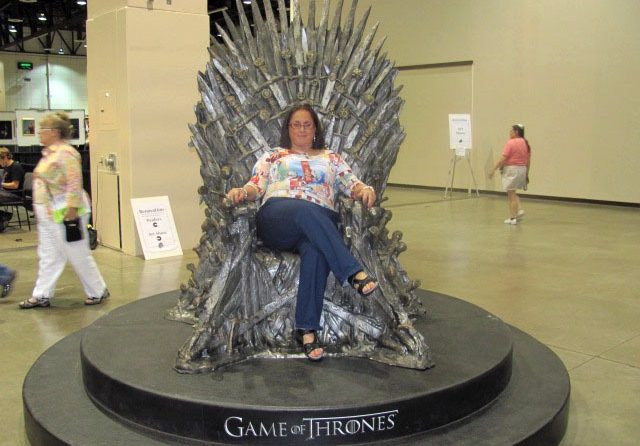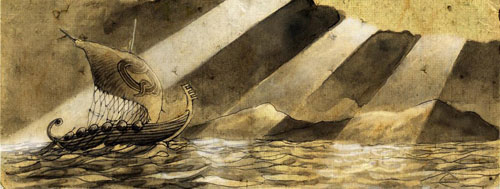
part 1 * part 2 * part 3 * part 4
To finish my musings on images of Earthsea (painted or otherwise), let me do what I usually do on this blog: have a look at what’s on DeviantArt.
Compared to some other fandoms (Harry Potter, Doctor Who, Robin Hobb to name but a few), illustrations or “fan art” inspired by Ursula Le Guin’s books is relatively thin on the ground. And of all her writings, the Earthsea books – in particular the first three, and even more in particular, A Wizard of Earthsea – have been far and out the ones which have inspired the most images. Filtering out the large number of images which are clearly based on Studio Ghibli’s anime version of Earthsea, here are some of the highlights.
By and large, the illustrators on DeviantArt – who unlike the professional illustrators responsible for the various cover versions I have been looking at in the first three instalments of this series, make these images for their own pleasure, and because they know and love the books – are far more respectful of how the characters are described by the author. Ged is no longer a British schoolboy or a Roman statue, but a person of reddish brown skin colour – and Therru has a face whose one half has been burned. All the places where professional illustrators seem to fear to tread.
The other thing of note is the wide range of styles and treatments. There is very little of the hyperrealistic photoshop painting which is so often associated with the fantasy and science fiction genres. Though most of the art is digital, a number of the artists deliberately cite tradional art styles: woodcuts, or paintings and drawings which focus on character, rather than flash technique. They are images which try to look like images, not fool the viewer into confusing them with reality. Even the one 3D artwork I found, shows that same level of abstraction.
There are some quite unusual approaches: One artist imagines how the events of the Earthsea books would be portrayed in a teen magazine. Another has created her own character – perhaps one of Tenar’s fellow apprentice priestesses in Atuan? – for her cosplay images.
Artists seem to be drawn to some of the more serious underlying themes of these books: one of the most frequently represented scenes is Ged’s confrontation with the gebbeth, the dark thing which has been haunting him and which turns out to be his own shadow.
Other images focus on the power structures implicit in Tenar’s relationship to the older priestesses in Atuan, who though they are technically subordinate, manage to make her life a living hell. Ged’s confrontation with the dragon of Pendor gets fair share of the images, and so do images which seek to capture the vastness of Earthsea’s ocean, and the loneliness of those travelling in a little boat.
And then there are the dragons! I was particularly pleased to find one image illustrating a scene from The Other Wind, the last book of the series, and one that seems to be much less known than the original three books, or even Tehanu.
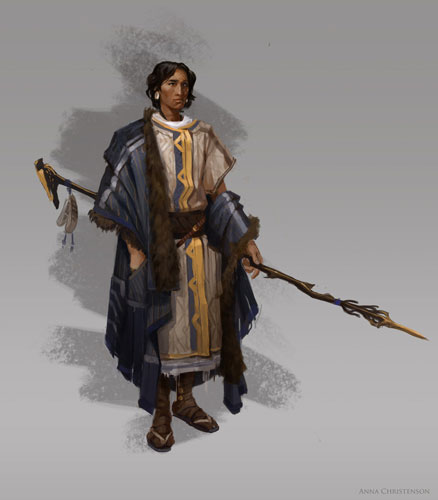
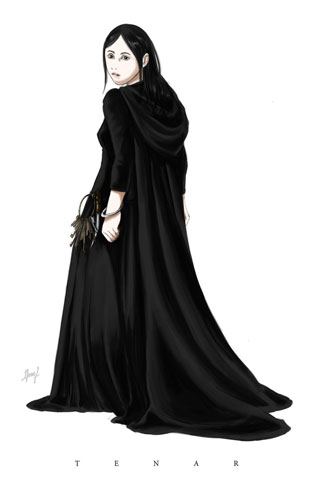

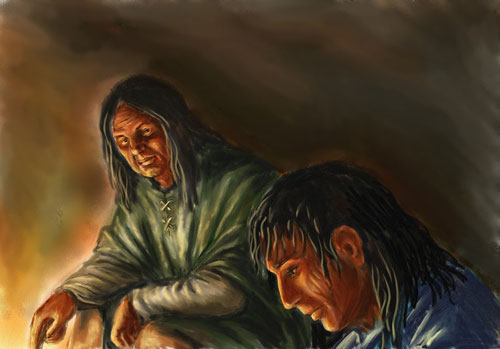
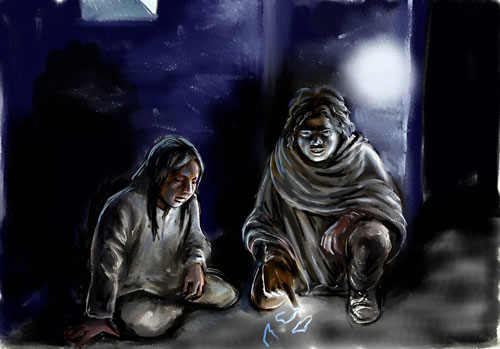




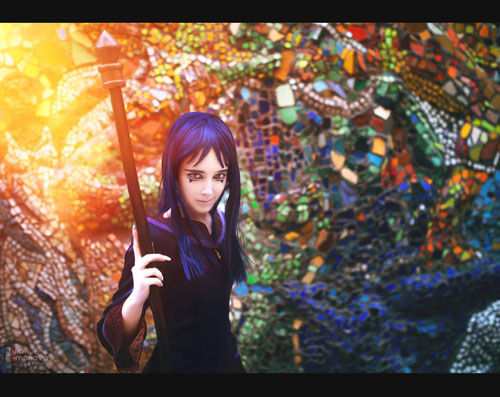
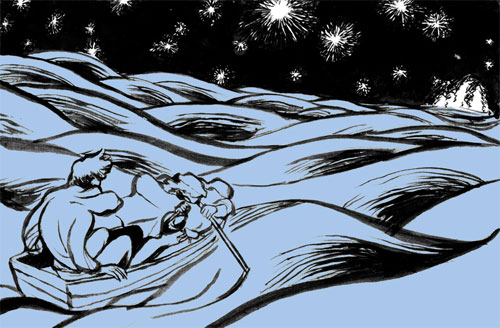

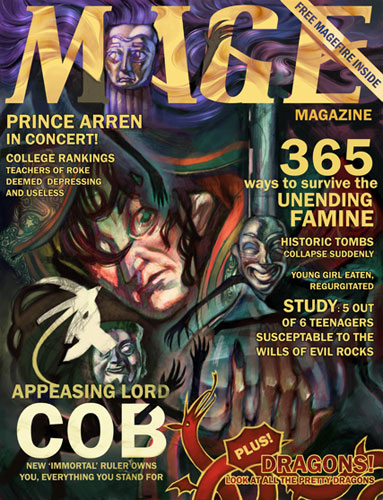
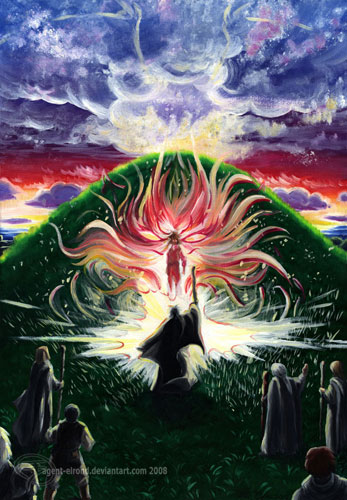

All images are copyright the respective artists, and may not be reproduced without permission.





